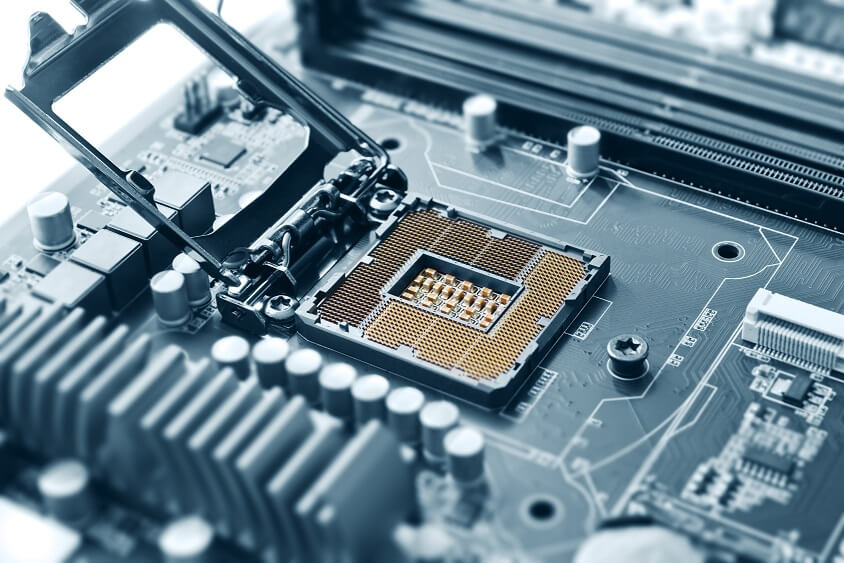There can be many reasons for why your computer is slowing down. And there are just as many options for getting it back into shape. So before you think about buying a new PC, first check whether you can upgrade your old one. Hard drive, memory or graphics cards can be replaced by more powerful components. This also applies especially to processors, “CPUs” (central processing unit). This central processing unit essentially determines how fast the computer is running.
If you want to upgrade the processor, there are a few things to note. What models are appropriate and how do you get this information? How are they installed? Can only specialists do it? Read on for answers to these and other questions.
Which processors are suitable?
The main manufacturers in the world of processors are Intel and AMD. If your computer has been running on a CPU from a particular manufacturer, you need to choose a processor of the same brand. But that’s not all.
The socket to which the processor is attached provides the next piece of important information. The socket is located on the motherboard. The new processor must fit this socket. Sometimes it may be that more powerful processors for the socket are not available.
In this case you would also need to replace the motherboard.
Software helps when choosing the processor for the upgrade
To be on the safe side, we recommend installing software such as CPU-Z or SiSoft Sandra Lite. Both display all technical data relating to the (current) processor and motherboard.
The manufacturer’s name, model number and revision number are very important for the motherboard.
The latter in particular can make all the difference to which processors are suitable and which are not. Take this information and visit the motherboard manufacturer’s website. This is where you will normally find a list of suitable processors.
Installing the processor
Once you’ve purchased a suitable processor, whether from Intel or AMD, you can now proceed to installing it.
Getting straight to the point: Although you won’t need a degree in electronics, it helps if you’ve got a bit of manual know-how and a steady hand. But amateurs should step away from converting a processor into a notebook.
We advise buying a tube of thermal compound for around five euro. Finally, don’t forget: Make sure you do a back-up of your computer. Then proceed as follows:
- Unplug from the mains and open the housing. If there is a fan on the cooling element, remove it. Then unscrew the screws on the cooling element and place to one side.
- You should now be able to see the processor. Release the locking latch and slide the cover back, providing access to the processor.
- Open the processor latch and remove it carefully.
- Insert the new processor on the socket and lock the latch and cover in place.
- Now apply a thin layer of the thermal compound to the entire top of the processor and place the cooling element on top. Screw the cooling element back in and replace the fan.
If you are unsure: You will find instructional videos online, which should make installation a bit easier for you. The operating systems must be reinstalled if you experience problems during start-up after installation.
Image sources: Fotolia / 45243553 / Inga Nielsen













